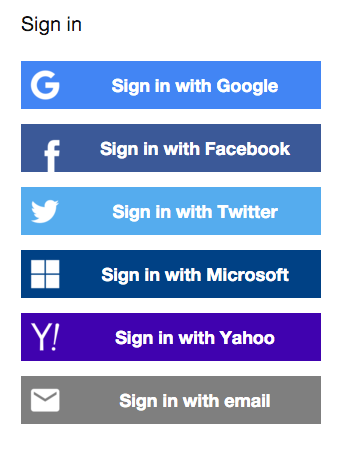
Unlock the digital society: And it will go on.
Summer is approaching, meaning that another chapter of my academic life, which involves UOSM2008, has come to an end. It was full of surprises, challenges and valuable knowledge. To have a systematic reflection on this journey, I decided to adopt Gibbs’ strategy (1988).
How I met this module? (Describe)
The Internet world is a paradox – it is transparent as everything is made visible to your eyes, yet it keeps the mysteries in every corner.
Continue reading →








